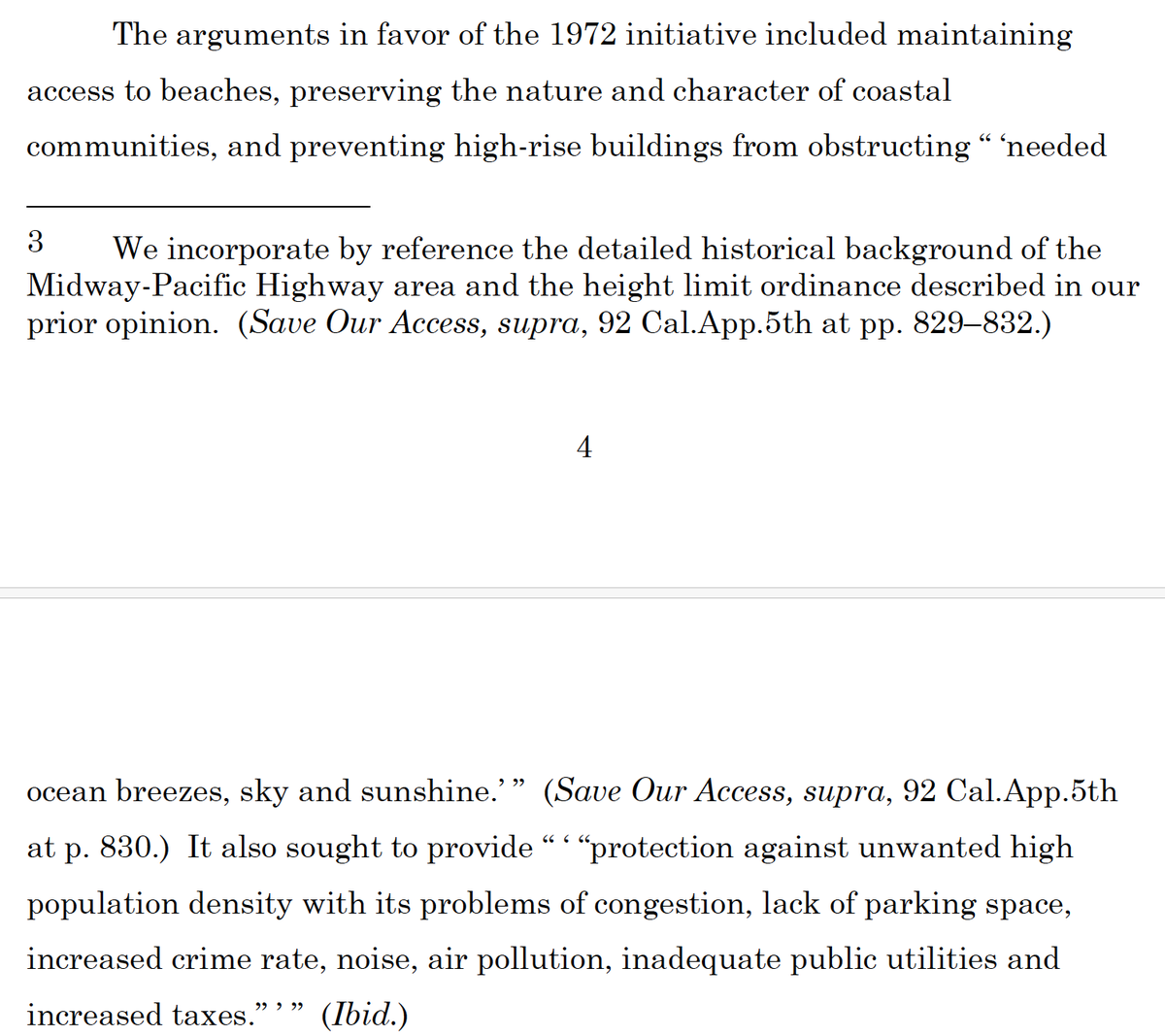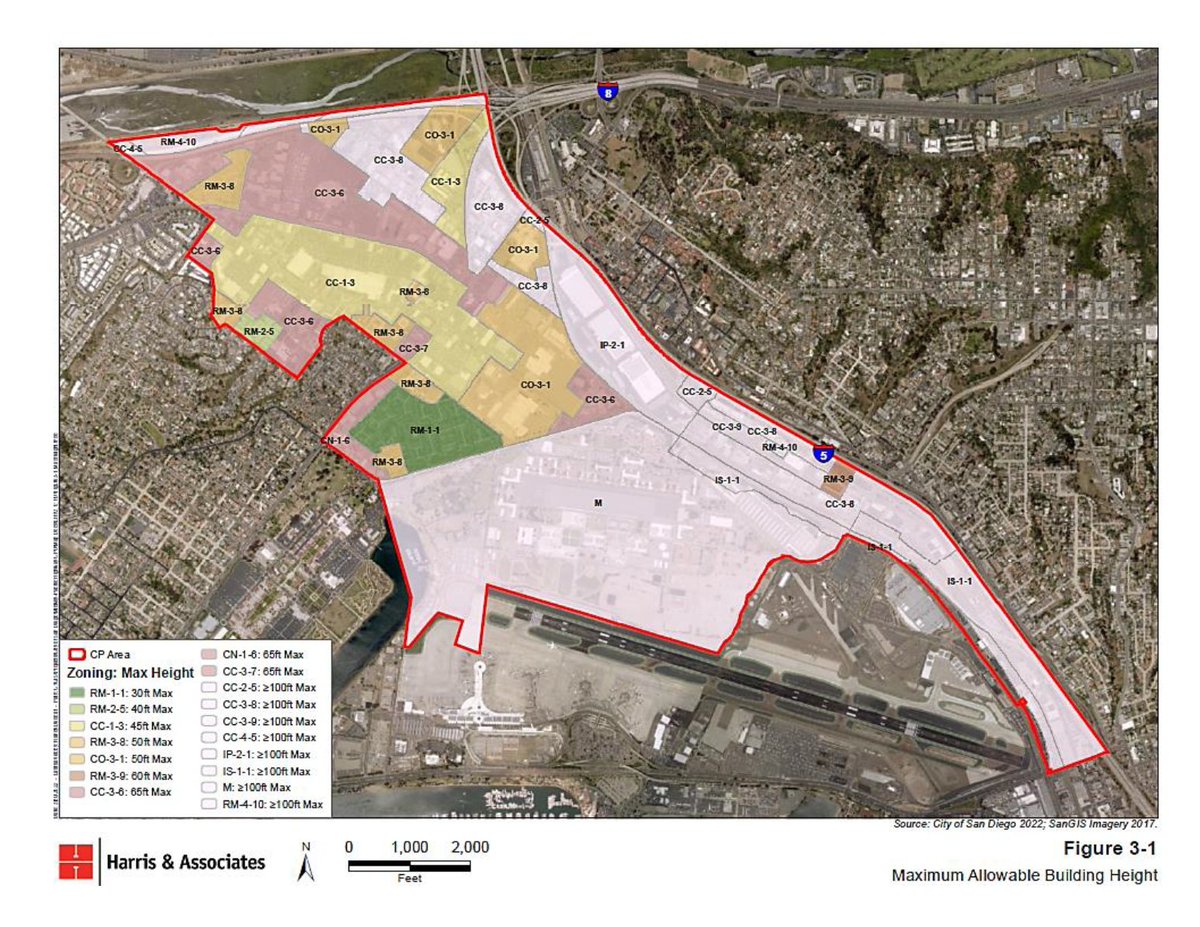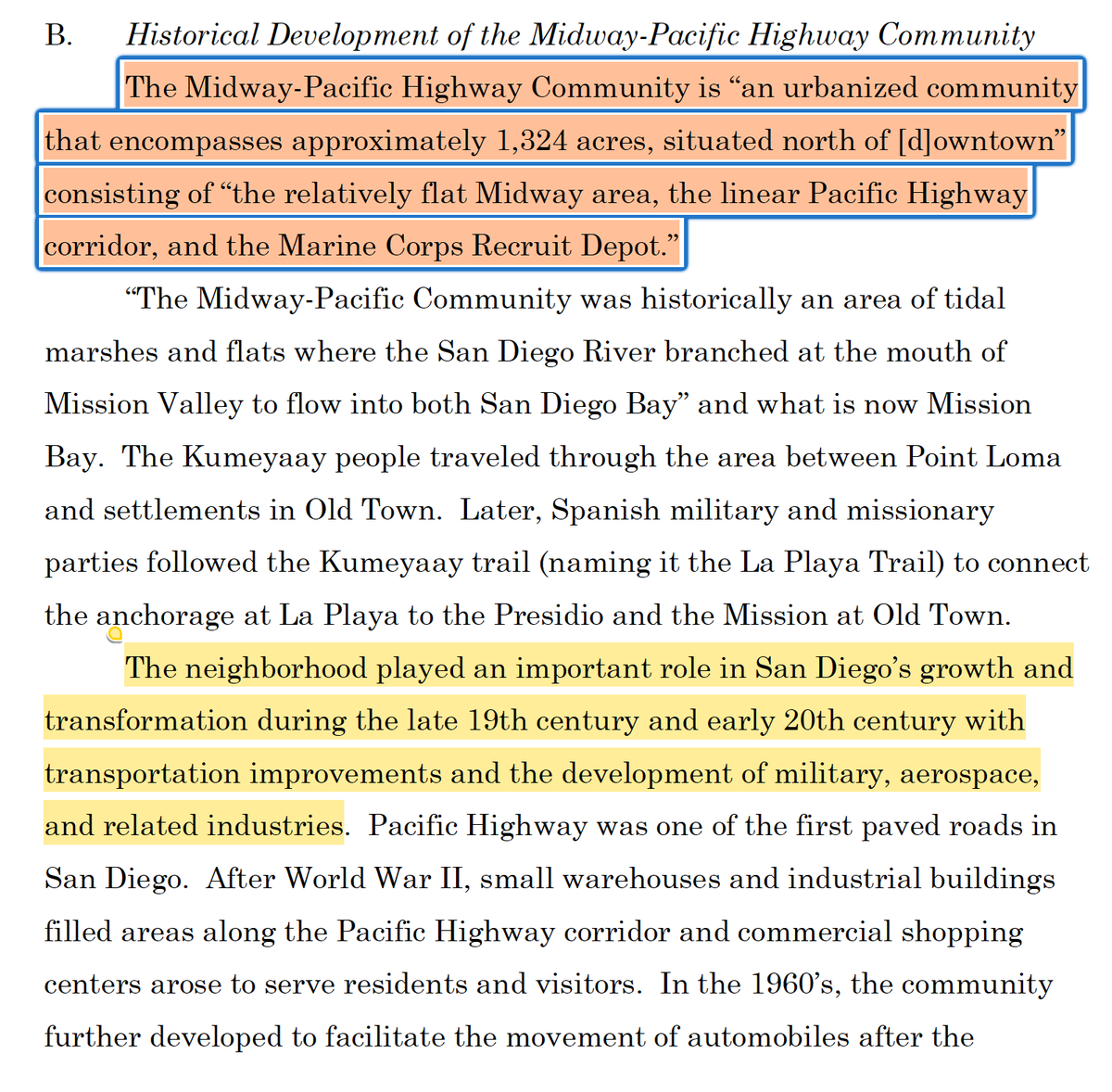I have great respect for @nealemahoney & @BharatRamamurti, but I just about pulled my hair out reading their op-ed this morning.
Price controls aren't going to be "a way out" unless their advocates can credibly commit not to apply them to today's projects tomorrow.
🧵/12
Price controls aren't going to be "a way out" unless their advocates can credibly commit not to apply them to today's projects tomorrow.
🧵/12

The authors briefly acknowledge this concern at the end of their piece but offer nothing beyond a brief nod to sunset clauses and income targeting.
/2
/2

They fail to acknowledge that the NYC controls that Mamdani campaigned on strengthening (w/o income targeting...) have been in place for 50+ years; that popularity of rent controls surely depends on them *not* being income targeted;
/3
/3
or that tenant orgs are hellbent on vacancy controls, which do *precisely nothing* to protect incumbent tenants from price shocks while generating misallocation, discrimination & corrupt side payments when units turn over.
/4

/4


I do not gainsay that there are big political payoffs to campaigning on rent control, just like there are big payoffs to campaigning on property tax caps.
My own research supports it,
/5papers.ssrn.com/sol3/papers.cf…
My own research supports it,
/5papers.ssrn.com/sol3/papers.cf…
But an academic's exhortation that rent control "should be temporary" is not going to make it so -- and it won't fool investors, who see what the advocacy orgs are demanding and how even "pro-housing" politicians have been catering to their demands.
/6politico.com/news/2025/11/1…
/6politico.com/news/2025/11/1…
Is there any way for politicians to credibly commit that they won't crank down price controls in future?
Best hope may be an update to "Development Agreement" laws, allowing builders to contract today for compensation if R-C kicks in down the road.
/7
Best hope may be an update to "Development Agreement" laws, allowing builders to contract today for compensation if R-C kicks in down the road.
/7
https://x.com/CSElmendorf/status/1978686660578628033
State would say, "If you build X, you may record a covenant that exempts project from price controls for (say) the next 30 years unless compensation is paid."
I learned recently that Washington, DC used to authorize such "certificates of assurance" for new construction.
/8
I learned recently that Washington, DC used to authorize such "certificates of assurance" for new construction.
/8

Apparently the formal existence of this provision was enough to put DC developers at ease for many years. In 2020, the council found that for decades, no developer had applied for a certificate of assurance.
/9
/9

However, once talk of eviction moratoria and strengthened rent control was in the air, scores of developers started applying for the certificates -- whereupon the council adopted a moratorium and, a few years later, repealed the program entirely.
/10
/10

If tenant advocacy orgs like @TenantsTogether, progresive think tanks like @rooseveltinst, and mayors like @ZohranKMamdani, @wilsonformayor & @ChicagosMayor all start pushing for vacancy decontrol & certificates of assurance as part of their rent-control schemes,...
/11
/11
I'll happily update my priors on the potential for a workable Left-YIMBY synthesis.
But I'm not holding my breath.
link:
/endnytimes.com/2025/11/16/opi…
But I'm not holding my breath.
link:
/endnytimes.com/2025/11/16/opi…
@threadreaderapp unroll
• • •
Missing some Tweet in this thread? You can try to
force a refresh






















